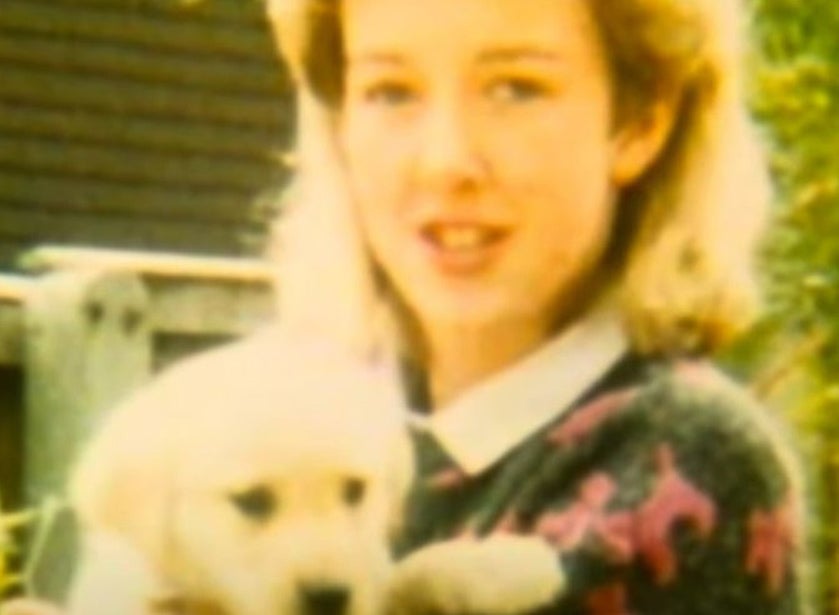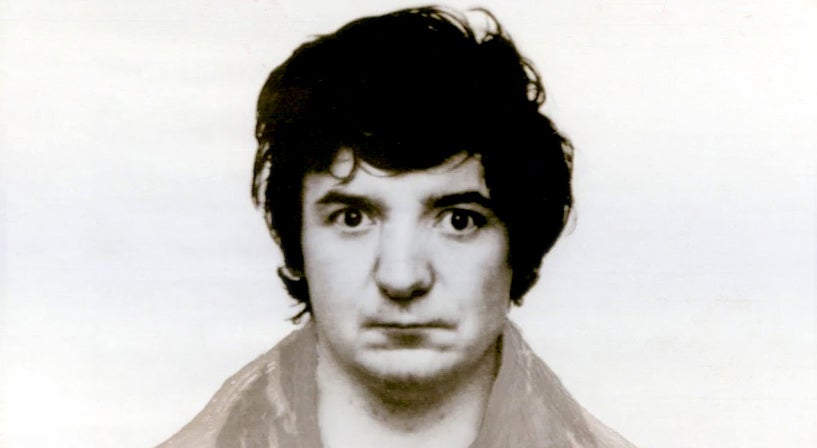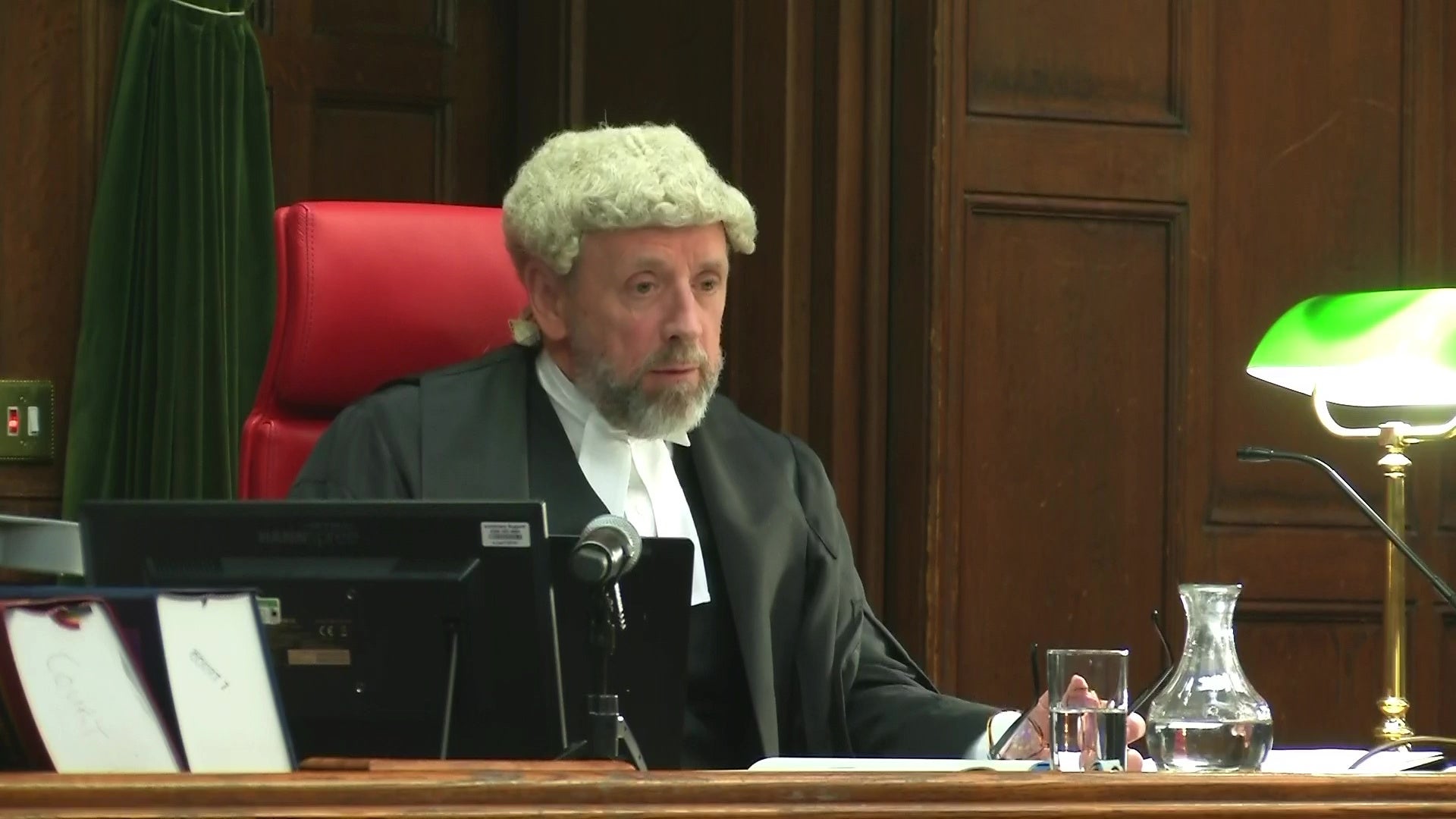ARTICLE AD BOX
A man who spent nearly four decades in prison has had his murder conviction quashed.
Peter Sullivan was jailed in 1987 for the murder of Diane Sindall and has since spent 38 years in prison.
His conviction is believed to be the longest-running miscarriage of justice in British history. Three senior judges quashed his sentence – 17 years after his first attempt to overturn it.
Ms Sindall, a 21-year-old barmaid, was found dead in Bebington, Merseyside, in August 1986, with Mr Sullivan arrested the following month and convicted in November 1987.
He has remained behind bars despite being given a minimum term of 16 years.
On Tuesday, three senior judges quashed his conviction after his case was referred to the Court of Appeal by the Criminal Cases Review Commission, following new DNA evidence.
Who was Diane Sindall?

Ms Sindall was from Seacombe in Wirral. Her family ran a floristry business, and she’d often deliver flowers.
She was working behind the bar at the Wellington pub in Bebington on 1 August 1986 to save up for her wedding the next year. She left the pub at 11.45pm in a blue Fiat van.
She got out of the van after running out of petrol on Borough Road in Birkenhead and was seen by several witnesses walking along the road between midnight and 12.20am on Saturday.
She was raped and brutally murdered, and her body was found on 2 August in an alleyway just off Borough Road.
Police said she had been sexually assaulted and suffered extensive injuries to her body.
Why was Peter Sullivan jailed?
The prosecution’s case against Mr Sullivan relied on discredited bite mark analysis and circumstantial evidence.
Then aged 29, he had been drinking at a pub 10 minutes from where Ms Sindall was murdered.
Eyewitnesses, who later failed to identify him, claimed to have seen him at Bidston Hill, where her burned clothes and handbag were found. He said he had gone there to urinate.

A neighbour alleged he borrowed a crowbar before the murder, believed to be the possible weapon, which he denied having.
Mr Sullivan gave inconsistent accounts, saying he couldn’t recall his movements.
He made and retracted several confessions during police questioning, including one unrecorded interview. He later claimed police assaulted and verbally abused him.
At trial, two experts — one of whom had initially dismissed the link — told the jury that bite marks on Ms Sindall’s body matched Mr Sullivan.
Why has he been released?
Mr Sullivan first challenged his conviction in 2008, but the Criminal Cases Review Commission (CCRC) declined to refer it. He then lost an appeal in 2019.
In 2021, he reapplied to the CCRC, which found DNA from the scene did not match him.
At Tuesday’s Court of Appeal hearing, his lawyers argued the evidence proved Ms Sindall’s killer “was not the defendant”.

Crown prosecutors said the DNA findings gave “no credible basis” to oppose the appeal and were enough to “cast doubt on the safety of the conviction”.
Quashing the conviction, Lord Justice Holroyde, sitting with Mr Justice Goss and Mr Justice Bryan, quashed the conviction, stating they had “no doubt that it is both necessary and expedient in the interests of justice” to accept the new DNA evidence.
New investigation underway to find her killer
Detective Chief Superintendent Karen Jaundrill said a “dedicated team” had been exploring all lines of inquiry relating to the case since it was reopened in 2023.
No match for the DNA discovered at the scene has been found by investigators, and the force is appealing for witnesses to come forward almost 39 years on from the murder.
The family of Miss Sindall and her fiance at the time have been ruled out of the investigation, along with more than 260 men identified as potentially linked profiles who have been screened, Ms Jaundrill said.
The Merseyside force has enlisted specialist skills and expertise from the National Crime Agency, and “extensive and painstaking enquiries” are underway to try and trace the killer.



.jpg?trim=0,0,0,0&width=1200&height=800&crop=1200:800)





 English (US) ·
English (US) ·